De-Optimizing SEO Content: Why and How to Do It

You wrote a great blog post, meticulously put in your high-volume target keywords, and sprinkled in a few internal links throughout the post.
But it's not ranking. You’re not getting traffic, and you don’t know why.
Here’s one possible reason: keyword-based SEO is not enough to drive organic traffic in the modern search landscape. It was at some point in the past, but the SEO content world is over-saturated and is not a long-term solution.
The Bar Is High
Modern SEO is fiercely competitive. It isn’t about following all the rules you’ve always read in hundreds of SEO guides and checking off all the boxes.
Consider this. For every imaginable query, Google considers thousands of pages for ranking. And let’s be honest. Almost everyone knows what to put, SEO-wise, if you want to rank them.
Also, there’s a wide variety of content out there today.
Some of it is AI-generated, and some of it, is hand-crafted meticulously by writers and SEO teams who know what they’re doing.
Your content isn’t going to cut through if it isn’t better.
Putting keywords in all the right places is not enough. In fact, it may even be hurting you.
Is SEO dead in 2024? No. Maybe is Over-Optimization killing your SEO
Over-optimization is why your content isn't working.
It sure is dead for SEO “pros” and writers creating content with only one goal in mind: making search engines happy.
Here’s how it usually goes: They put a lot of time into keyword research, find the ones they want to rank for, and give their writers briefs with directions to fit in as many as possible in the blog post.
Here’s what keyword stuffing looks like.

The more keywords you put in, the better your chances of ranking. The more exact match keyword anchors, the better. Right?
Well, no.
Google’s crackdown on keyword stuffing started several years ago, and with the latest Google Core Updates, Google is doubling down on its efforts to penalize websites using manipulative tactics like hidden content, AI content, and keyword stuffing.
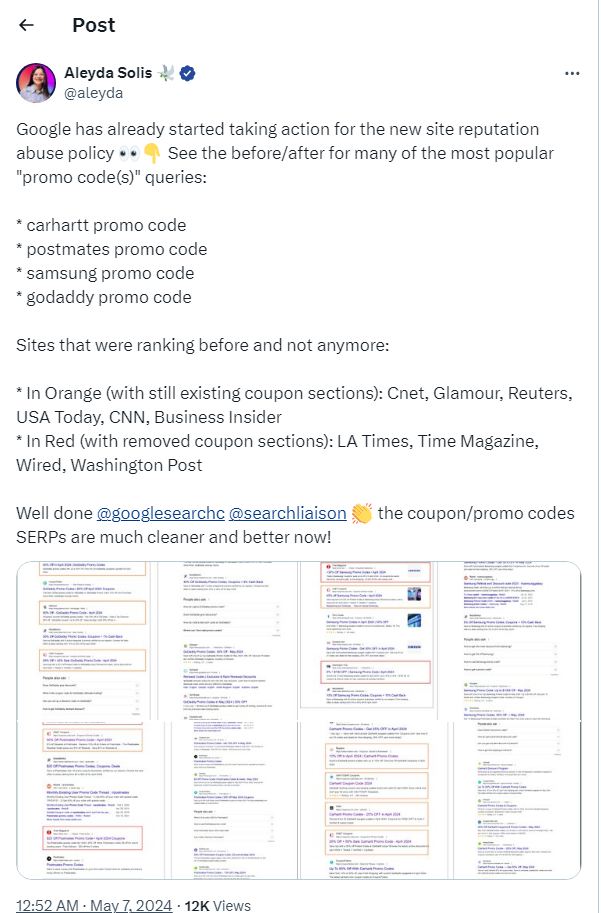
While Google’s algorithms are always changing, they have the tools to spot keyword stuffing:
- Natural Language Processing (NLP)
- User Behavior Signals
- Keyword Density Analysis
- Semantic Analysis
- Machine Learning and AI
Over-optimization isn’t just about keyword stuffing. It can also include these terrible SEO practices:
- Using keywords just for the sake of using them
- Pointlessly long blog posts/articles
- Making too many improvements at once
- Exact keywords' anchor texts for internal links
- Over-optimized footer
- Toxic backlinks with exact-match keywords
Google wants to prioritize content that provides value to the user, engagement, and the use of natural language. They don't always nail it, but they try to.
Keyword stuffing does the opposite. It makes your content unreadable because it lacks context and semantic coherence.
“Write the content you would like to read. Add a clear structure and title. Avoid long paragraphs, complex sentences, and irrelevant information. Focus on adding value (not keywords) and your readers - and Google will thank you.”
— Andre Ribeirinho, agency partner and our resident SEO expert, has this very simple but effective advice.
But there’s a way out of this mess; I’m here to show you how.
7 Ways To De-Optimize Your Content
Any strategy you use to primarily manipulate search engines is doomed to fail. Even worse, it’s a waste of your marketing resources. Here’s how to stop tinkering with your content just to fit into an old-school (and no longer effective) SEO strategy.
1 — Do a Website Audit
The first step in de-optimizing your content is to find content that has:
- Keyword-stuffed content and footer
- Keyword-rich anchor text
- Toxic backlinks
You’ll need to do a thorough website audit (or have us do it for you) to find low-value content that isn’t attracting any links or traffic or isn’t complying with current Google guidelines.
Once you know where you’re standing, it's time to develop a roadmap to stop the SEO overkill.
2— Analyze Your Content
Analyzing every single piece of content on your website can be overwhelming, not to mention it can take months.
But, it’s essential work. You need to know which pages to fix, what needs to be fixed, your page’s current performance score, and how you plan to avoid overoptimizing. Again, have someone do this for you if you don’t have the time or don’t know how.
The cure is simple: you need to come up with a new content marketing strategy that focuses on the user while following Google’s best practices that allow you to rank.
3 — Stop Keyword Stuffing
Most blog posts and web pages have a wide variety of keywords. Most of these are purposefully included in the content.
Carefully selected secondary keywords can boost your primary keyword. But, having too many of them forced into your text can hurt your ranking, especially if it reads awkwardly.
Here’s an example of mindfully using keywords in your content. We created this article for a client to target the keyword “military pay chart.” Notice how, instead of focusing solely on the primary keyword, we used secondary keywords like “military pay scale” and “military pay raises.”
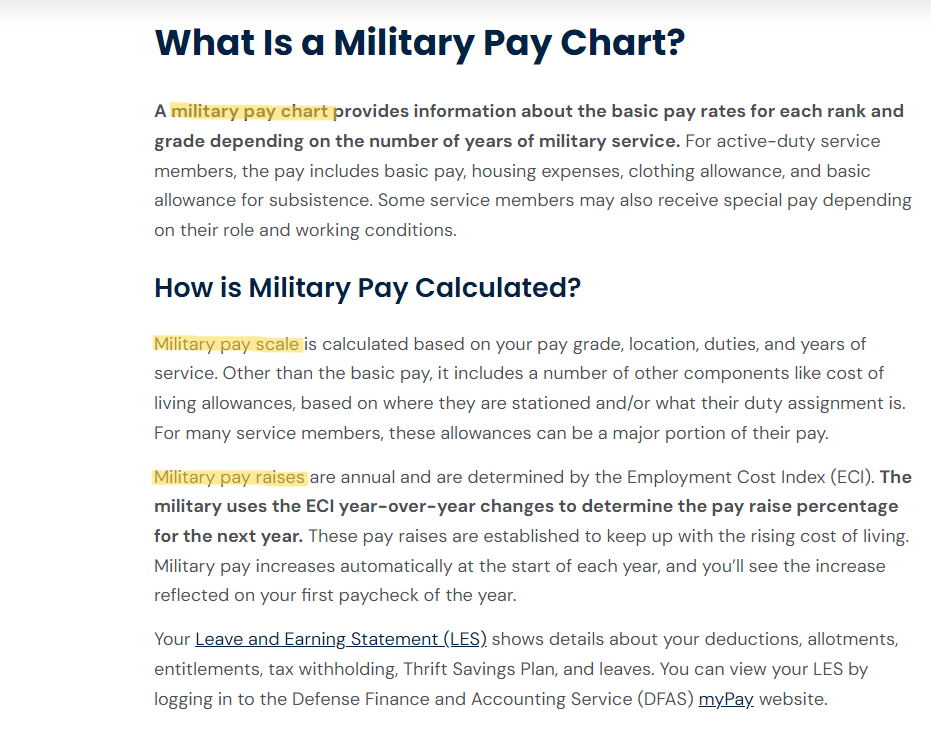
Another tactic that I’ve seen a lot of SEO experts use in the past is trying to gain traffic from highly searched but irrelevant keywords.
A decade ago, sneaking adult-themed keywords into content was a huge fad. In fact, I worked with editors (as did many other writers at that time) who asked me to casually place keywords like “escorts in London” in an article about plumbing services in the UK without batting an eye around 2010-2012.
Don’t do this. You can’t expect to get any results or increase your conversions with non-relevant keywords. Those who visit your website because of those keywords seek escorts in London. They don’t need your plumbing services.
You’ll find plenty to write about in your own niche, so focus on that, specially if you're focus on gaining content velocity.
4— Don’t Overuse Keyword-Rich Anchor Texts
Internal linking is fantastic. But here’s where you can go wrong: always using the exact anchor text.
Here’s an example:
You may go to jail for tax debt if you don’t repay what you owe to the IRS. (Links to: example.com/jail-for-tax-debt)
Here’s a real-life example of how I usually link:
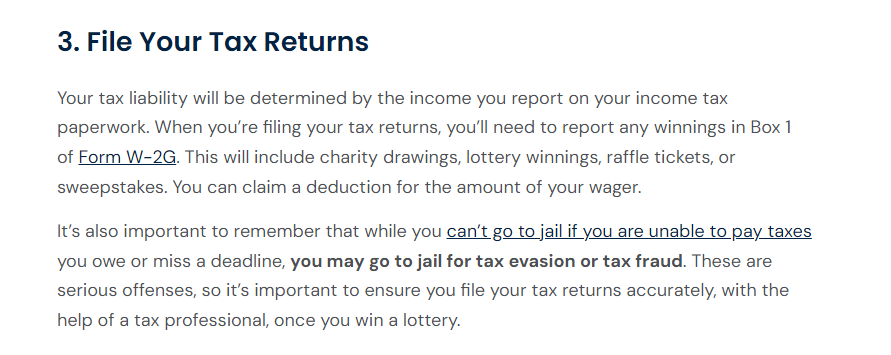
Here’s another example of how to avoid over-optimization when it comes to anchor text:
The quality of your publish is more important than the rate at which you publish new content.
See what I did there?
Instead of using an anchor that perfectly matches the URL, I used the anchor over a longer sentence fragment. This way, you’re not using the exact keyword match and over-optimizing.
This does not mean you won't ever use the exact-match, don't abuse it.
5 — Don’t Link To Toxic Sites
Let’s take a moment to talk about external links.
You need internal and external links on your web page to tell Google your content has depth.
I can’t tell you how often I’ve encountered content with zero external links. Even worse is when a web page has toxic backlinks.
When you link to spammy, toxic, or low-DA sites, your positioning suffers because link juice works both ways.
Don’t waste your time on those. Instead, focus on linking to sites with good reputations and strong DAs.
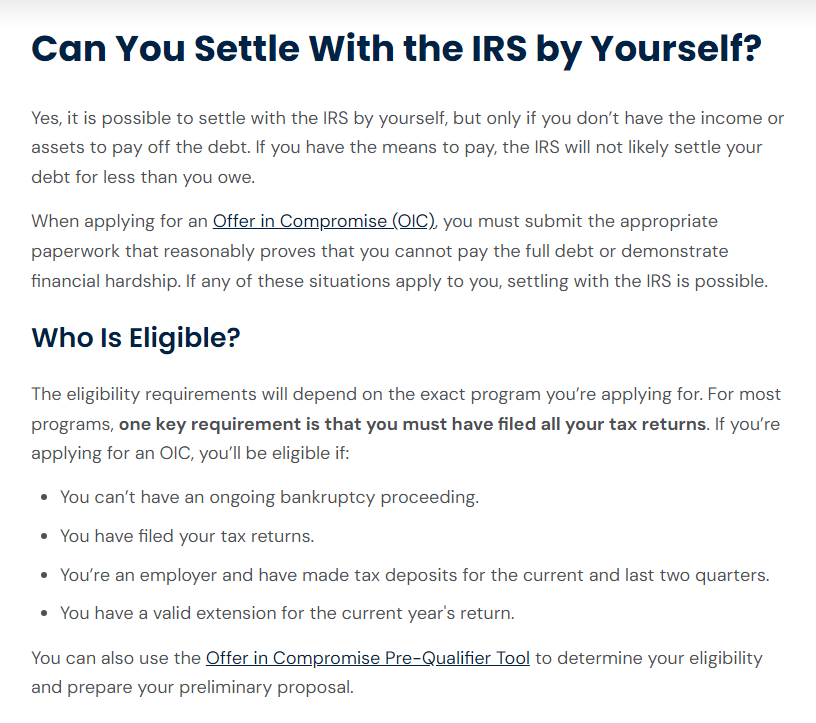
We create a lot of YMYL content in our agency, and linking to reputable sites matters quite a lot in this category (and every other).
Here are a few simple rules I always follow:
- Always link to at least 2-3 external pages (and provide a list of sources at the bottom of each post/article)
- Pick official government websites as a source when possible.
- When that’s not possible, link to websites that are known for their credibility and quality content (for example, Investopedia or Experian in the finance niche)
6 — Don’t Optimize Your Footer
You don’t need to optimize your footer. Instead, use it to organize your website and improve user navigation.
Most people would go to the footer only to find your about us, contact details, and maybe the main sections of your website.
Don’t stuff your website footer with exact-match links in the anchor in the hopes of improving your search rankings.
Less is more when it comes to your website footer.
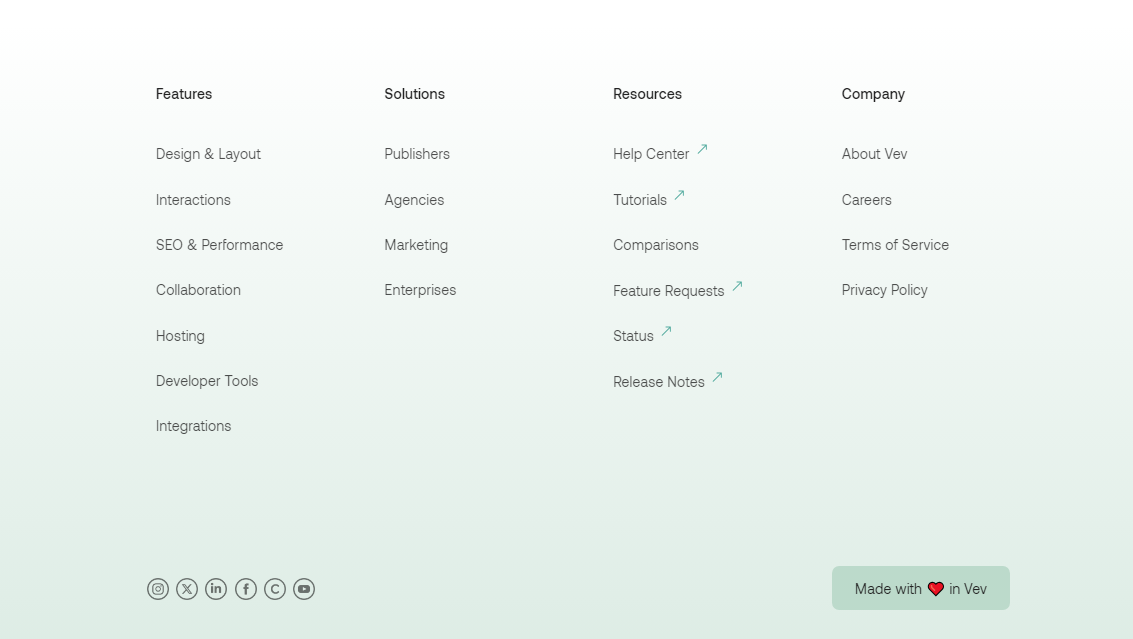
As always, when designing your footer, keep your user in mind. Don’t treat it as one more opportunity to use all the keywords you want to rank for.
7 — Improve Your Title Tags
Your title tag tells the readers and search engines what a blog post or article is about. Headings without the keywords you're aiming for or that are too long or don’t have good formatting will drag your piece down.
One more thing to keep in mind. Don’t fill your blog post with multiple H1s. You want to create a title tag that quickly gives readers an idea of what the article is about. Here’s a good example:

Use a single H1 with your primary keyword.
Use at least one H2 in the article with a variation on the main keyword (and H3s and H4s as needed). Don’t use your primary keyword in all the headings. Instead, use secondary keywords.
Improving your title tag strategy (and heading structure) will improve your search engine ranking and page readability.
Traditional Keyword Optimization Was Never the Answer
Traditional keyword optimization has always been a strategy for manipulating Google and not for creating quality content. Is it surprising that it doesn’t work in the long run?
Search engines' ultimate goal is to provide users the best content. Google doesn’t rely on keyword usage to determine the value of your content, and if you’re still providing your writers with a checklist of which keywords to use and where to place them, your content is falling short.
Marketers and business owners often lose sight of the end game- delivering value to users to improve conversions. When you’re laser-focused on creating content that ranks first on Google, you’re no longer putting the user first.
And what use is being on the first page of Google if you can’t convert the traffic it brings you?
De-optimizing your content is a way of washing off your past content marketing sins and being mindful of what you’re putting out there.
Make your readers happy— traffic will follow.




